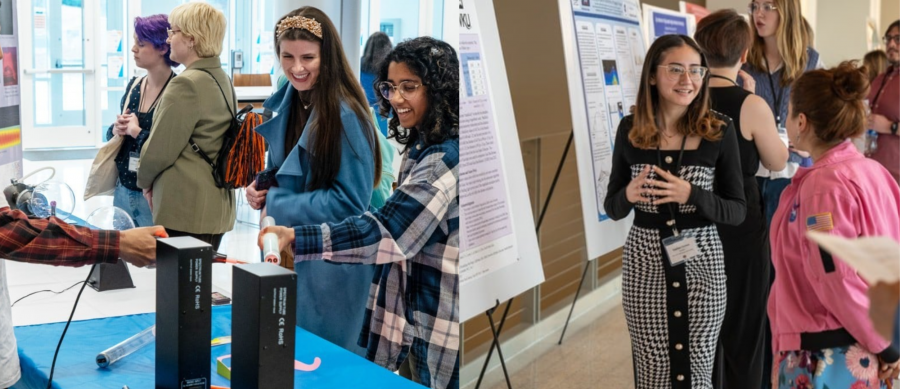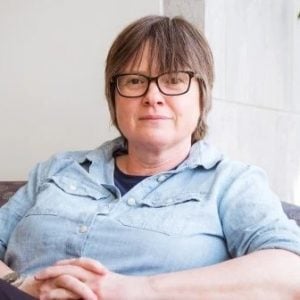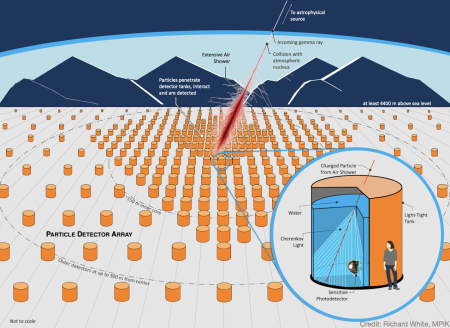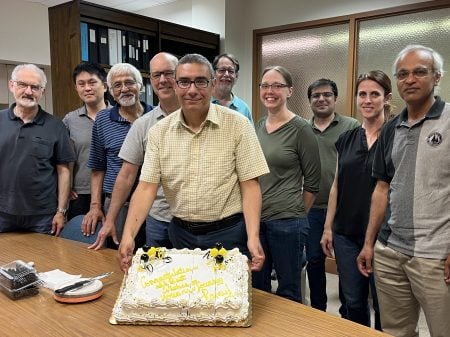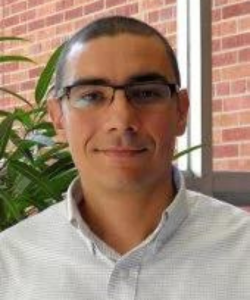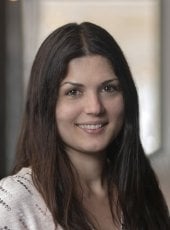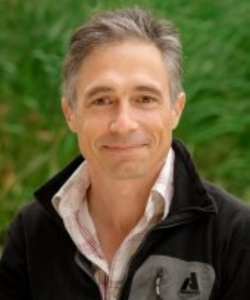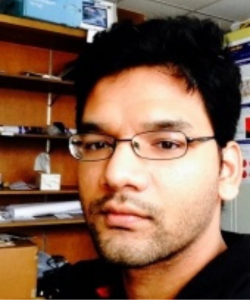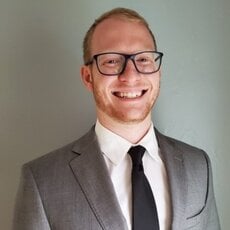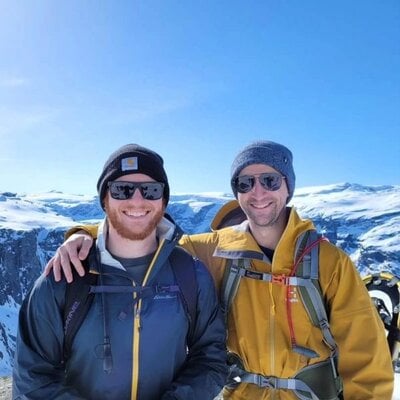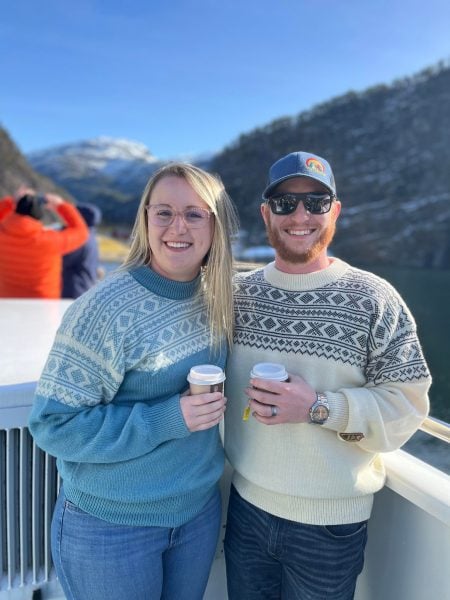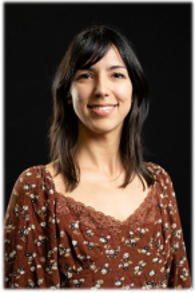We’re pleased to share that the American Physical Society has chosen Michigan Tech as a host institution for one of fifteen Conferences for Undergraduate Women and Gender Minorities in Physics (CU*iP) being held nationwide in 2025. CU*iP are three-day regional events for undergraduate women and gender minority physics majors to network and build their careers in physics.
The conference will be held January 24 – 26 with applications opening August 26. Detailed information can be found at the CU*iP at Michigan Tech website. Members of the Michigan Tech community are invited to apply to attend the conference, which will feature a grad school and career carnival in addition to the structured programming.
CU*iP conferences are sponsored in part by the National Science Foundation and by the Department of Energy. CU*iP at Michigan Tech is also made possible by support from multiple divisions within the university.
About Women in Physics at MTU
WiP at MTU hosts monthly Tutorials (open to all MTU students) to help build technical skills. Recent tutorials have featured introductions to Latex, MATLAB, and in Fall 2024 we’re featuring Python. We also invite speakers to campus about once a semester to tell us about exciting careers and build connections off campus. We provide community outreach to local schools. All of our programming is aimed at promoting women and gender minorities who want to pursue careers in STEM fields. Meetings and events are open to all students at MTU. Find out more on our involvement link here, or visit us on Instagram.
About the Physics Department
Physicists at Michigan Technological University help students apply academic concepts to real-world issues. Our physicists take on the big questions to discover how the universe works—from the smallest particles to the largest galaxies. The Physics Department offers three undergraduate degrees and three graduate degrees. Supercharge your physics skills to meet the demands of a technology-driven society at a flagship public research university powered by science, technology, engineering, and math. Graduate with the theoretical knowledge and practical experience needed to solve real-world problems and succeed in academia, research, and tomorrow’s high-tech business landscape.
Questions? Contact us at physics@mtu.edu. Follow us on Facebook, Twitter, and YouTube for the latest happenings. Or read more at the Physics Newsblog.APS CU*iP at Michigan Technological University
